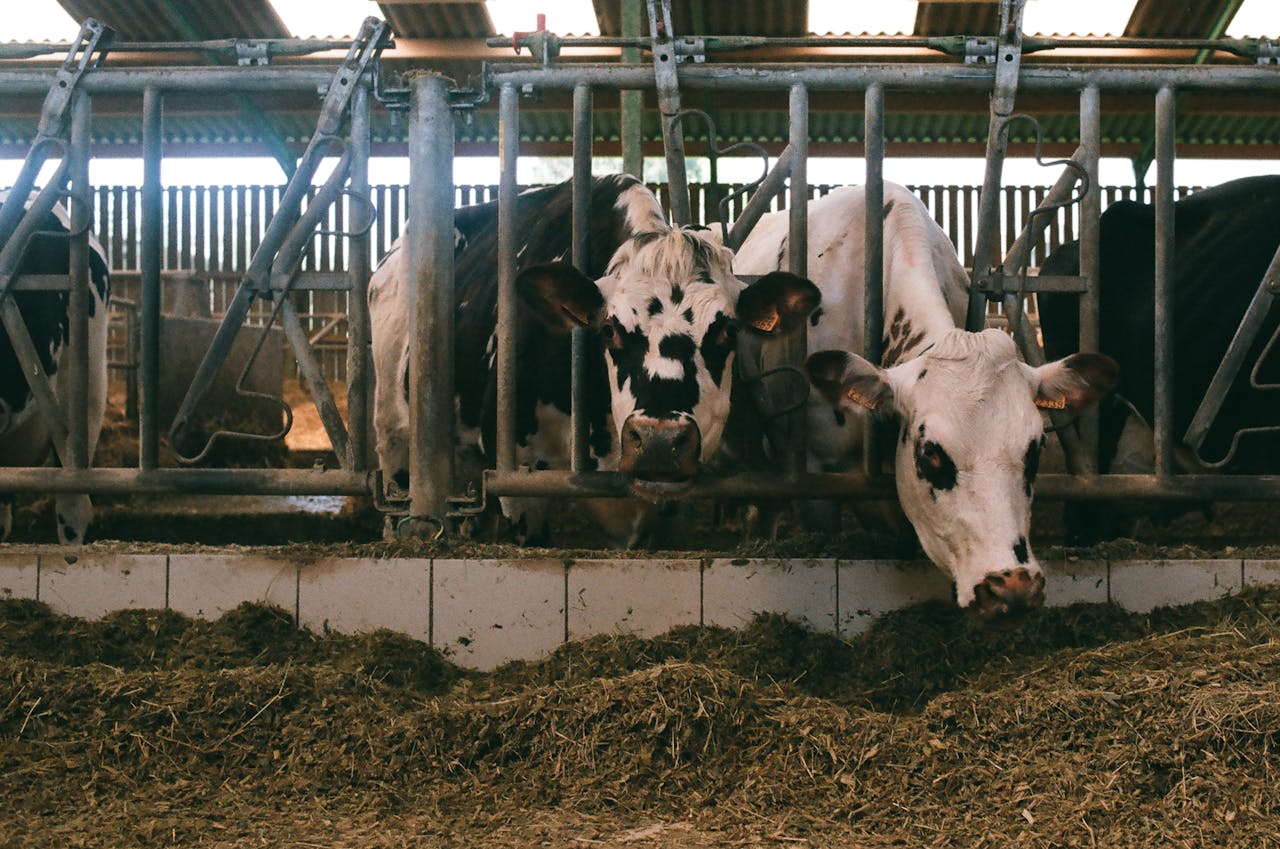The days when the use of antibiotics was more a standard procedure than an exception in animal production are far behind us. Over the years, the industry has realised that the long-term downside of the use of antimicrobials — the development of resistant bacteria — outweighs the short-term performance and health benefits.
Antibiotic Reduction: Embracing best practices – read all articles
That said, you can’t let sick animals suffer, so antibiotics are still a valuable tool in our overall approach to diseases. And unfortunately, our livestock are at risk from bacteria. Clostridium bacteria in broilers cause necrotic enteritis, Streptococcus bacteria in pigs cause early mortality, and mastitis in dairy herds is often caused by the Staphylococcus bacteria.
To prevent animal suffering, avoid economic losses and guarantee a stable food supply, antibiotics are still used regularly. Yes, we are prudent, and further reduction is needed. However, just taking antibiotics out of the toolbox is not an option. Many have learned the hard way. Aggressive cutbacks without changing anything else have led to dramatic scenes in multiple production systems. Only when antibiotics were taken away did farmers discover that they hid a lot of issues, ranging from suboptimal animal husbandry systems, poor feed quality, to a lack of biosecurity.
First-hand experience teaches us that using no — or hardly any — antibiotics is possible. This does, however, require that all underlying issues are resolved. This is why reducing antibiotics is all about embracing best practices and only then finding out that you can do without antibiotics.

